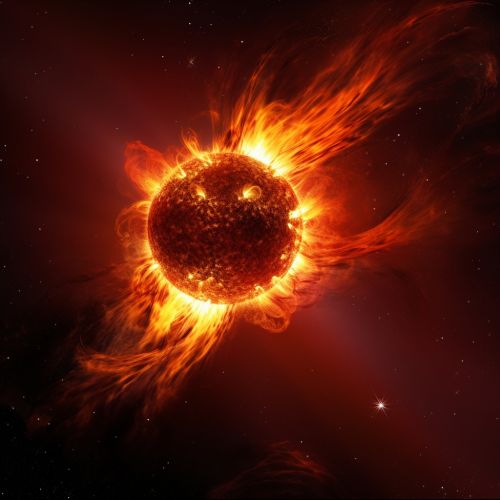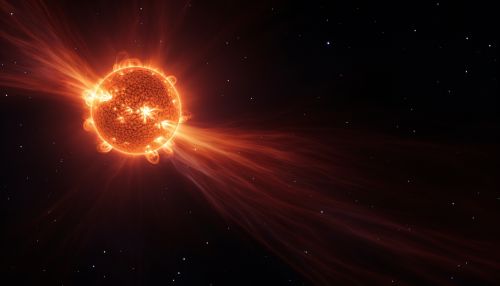Space Weather Forecasting
Introduction
Space weather forecasting is a branch of space weather studies that focuses on predicting solar and geomagnetic activities and their potential impacts on Earth and its technological systems. It is a multidisciplinary field that combines aspects of astrophysics, meteorology, computer science, and data analysis to provide accurate and timely forecasts.
Solar Activities and Their Effects
Solar activities, primarily solar flares and coronal mass ejections (CMEs), are the main drivers of space weather. These phenomena can cause significant disturbances in the Earth's magnetosphere and ionosphere, leading to various effects on both natural and man-made systems.
Solar Flares
Solar flares are sudden, intense bursts of radiation and charged particles released from the sun's surface. They are categorized into three classes: X, M, and C, based on their peak flux in the X-ray region of the electromagnetic spectrum. X-class flares are the most powerful and can cause significant disruptions in radio communications and power grids.
Coronal Mass Ejections
CMEs are large-scale eruptions of plasma and magnetic field from the sun's corona into space. They can cause geomagnetic storms when they interact with the Earth's magnetosphere, potentially leading to widespread power outages, satellite failures, and disruptions in navigation systems.
Space Weather Forecasting Methods
Space weather forecasting involves several methods and techniques, including observational data analysis, numerical modeling, and machine learning algorithms.
Observational Data Analysis
Observational data from various sources, such as ground-based observatories and space-based telescopes, are crucial in space weather forecasting. These data provide real-time information about solar activities and their potential impacts on Earth.
Numerical Modeling
Numerical models are used to simulate the physical processes involved in space weather events. These models can predict the propagation and impact of solar flares and CMEs on the Earth's magnetosphere and ionosphere.
Machine Learning Algorithms
Machine learning algorithms are increasingly being used in space weather forecasting. These algorithms can analyze large volumes of data and identify patterns that may indicate impending space weather events.
Challenges in Space Weather Forecasting
Despite advancements in technology and understanding of solar activities, space weather forecasting still faces several challenges. These include the unpredictable nature of solar activities, limited observational data, and the complexity of the physical processes involved in space weather events.
Future Directions
The future of space weather forecasting lies in the development of more accurate and reliable forecasting models, improved observational capabilities, and the integration of machine learning techniques into forecasting systems.


